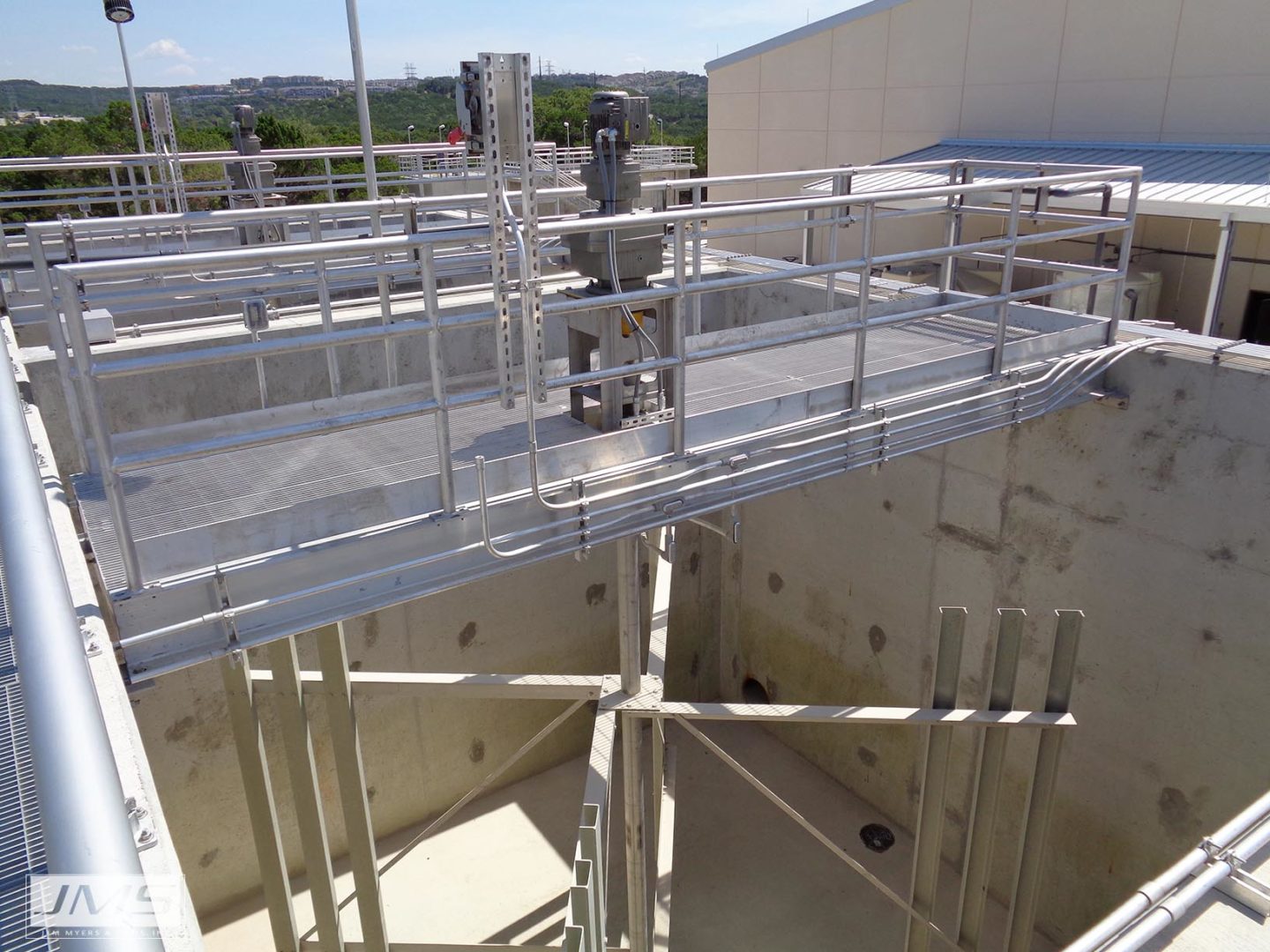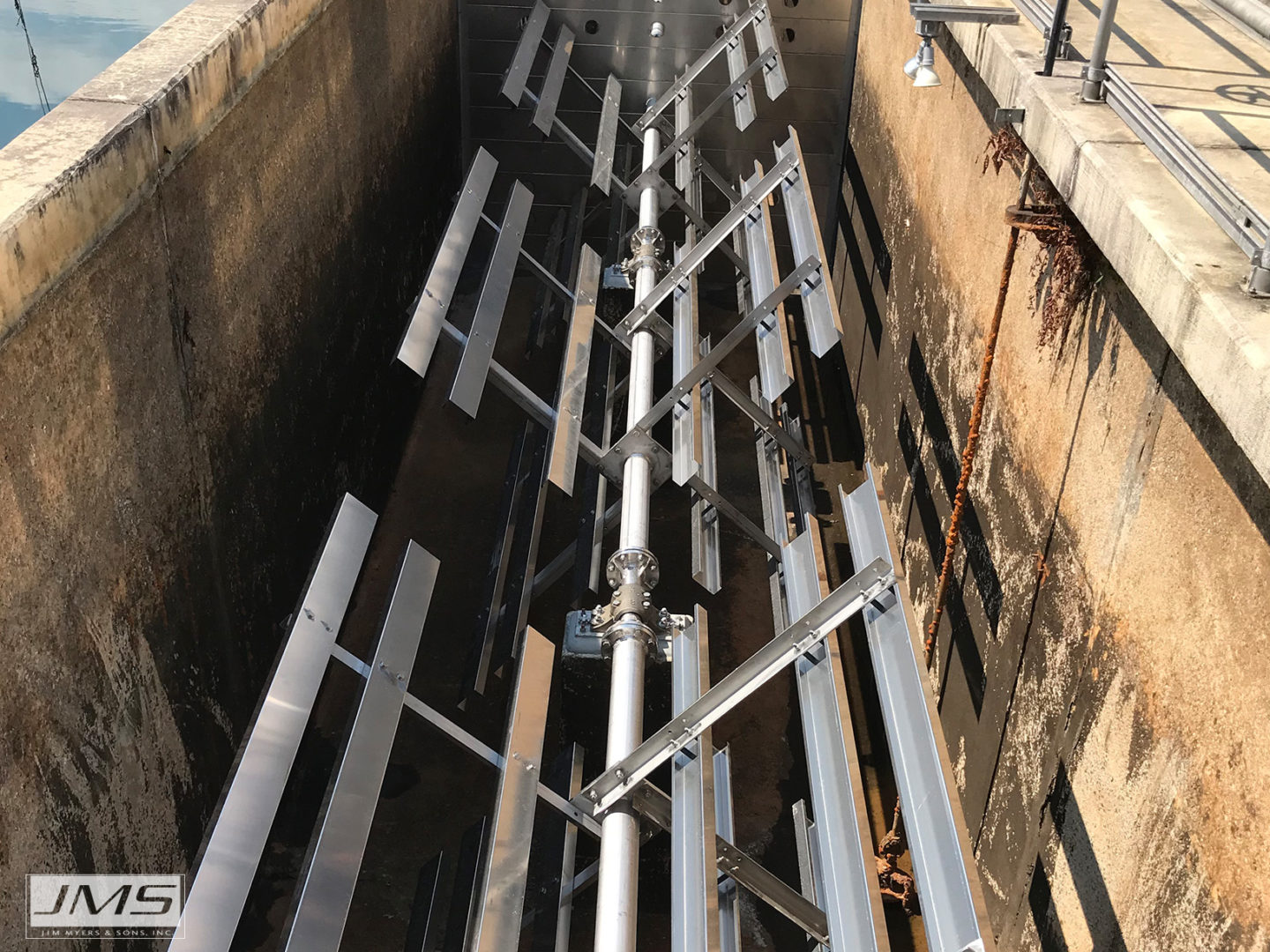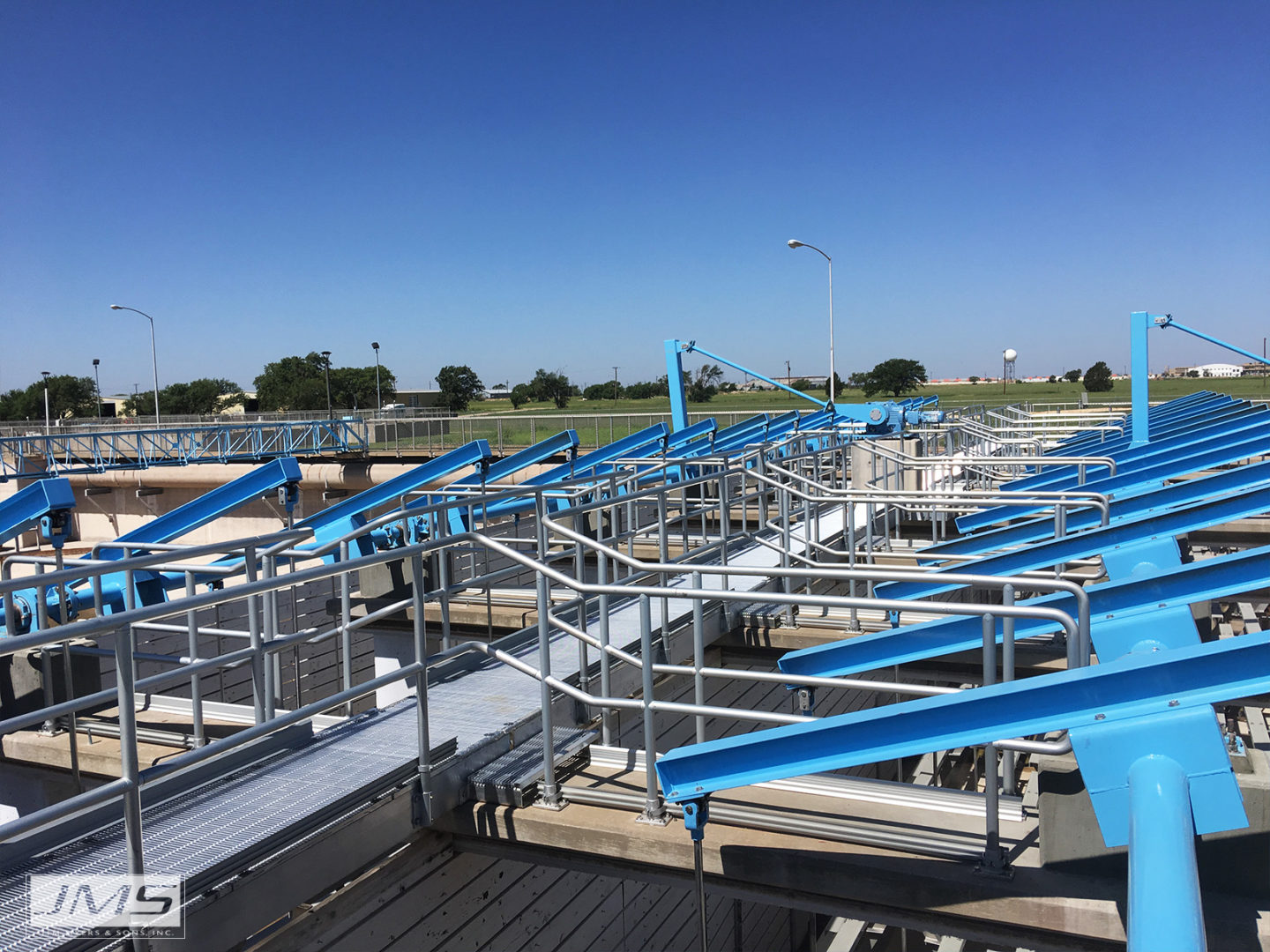Watch this JMS Presentation on “Types of Flocculators for Water Treatment Plants.” Josh Franks, P.E., Senior Application Engineer from JMS, talks about the current flocculator technologies, the pros and cons of each, and which technology to use to satisfy your plant’s needs.
One of the key components in the water treatment process, flocculation, is most effective when the functions of fluid motion, differential settling, and velocity gradient (during each stage of the process) work in harmony to achieve the ultimate goal: maximizing agglomeration for either enhanced settling or filtration. Choosing the right flocculator option is important for all Water Treatment Plants, so with the options now available what is the right flocculator type for your plant?
Types of Flocculators for Water Treatment Plants:
- Hydraulic Baffled Wall Flocculator
- Hyperbolic Flocculator
- Impeller Flocculator
- Vertical Paddle Wheel Flocculator
- Horizontal Paddle Wheel Flocculator
- Walking Beam Flocculator
Types of Flocculators: Hydraulic Baffled Wall Flocculator
Hydraulic Baffled Wall Flocculators are also known as “baffle channeled flocculators” or “Alabama Flocculators.” This style of flocculator uses baffle walls with a specific amount of spacing to create the desired velocity gradient. The only way to adjust velocity gradient, however, is to control the flow. The baffle walls for this type of flocculator can either be made of concrete, wood, fiberglass, or stainless steel.
Types of Flocculators: Hyperbolic Flocculator
Hyperbolic Flocculators create a specific type of turbulence in the basin with their distinct impeller design. Manufacturers take credit for drag coefficient and the relative velocity to create the floc particle. This type of flocculator uses a design that has the gear box handling all radial and axial forces that might occur.
Types of Flocculators: Impeller Flocculator
Impeller Flocculators have a simple design with an impeller attached to a shaft that goes into a gear box and motor. The gear box on this type of flocculator handles all of the radial and axial forces that might occur. The tip speed for Impeller Flocculator usually violates the 10 State Standards of 3 ft/sec. This means that floc particles are sheared at the blades and can create a low quality floc product.
Watch the rest of this presentation to learn more on:
- Pros and cons of each type of flocculator
- Vertical Paddle Wheel Flocculator
- Horizontal Paddle Wheel Flocculator
- Walking Beam Flocculator
- When to use these types of flocculators
Josh Franks is a Sr. Applications Engineer and has been with JMS for 11 years. Over this time, Josh has had the opportunity to assist our reps in selling equipment from the Mega-TREATMENT, Bio-HANDLING, and Delta-SEPARATION product lines. Currently, he focuses on the Mega-TREATMENT product lines. He has a BS in Mechanical Engineering from NC State University and is a licensed P.E. in North Carolina since 2011. In Josh’s words, “I have enjoyed working with many of you over the last decade, and hope we can continue to grow together in the decades to come.”



